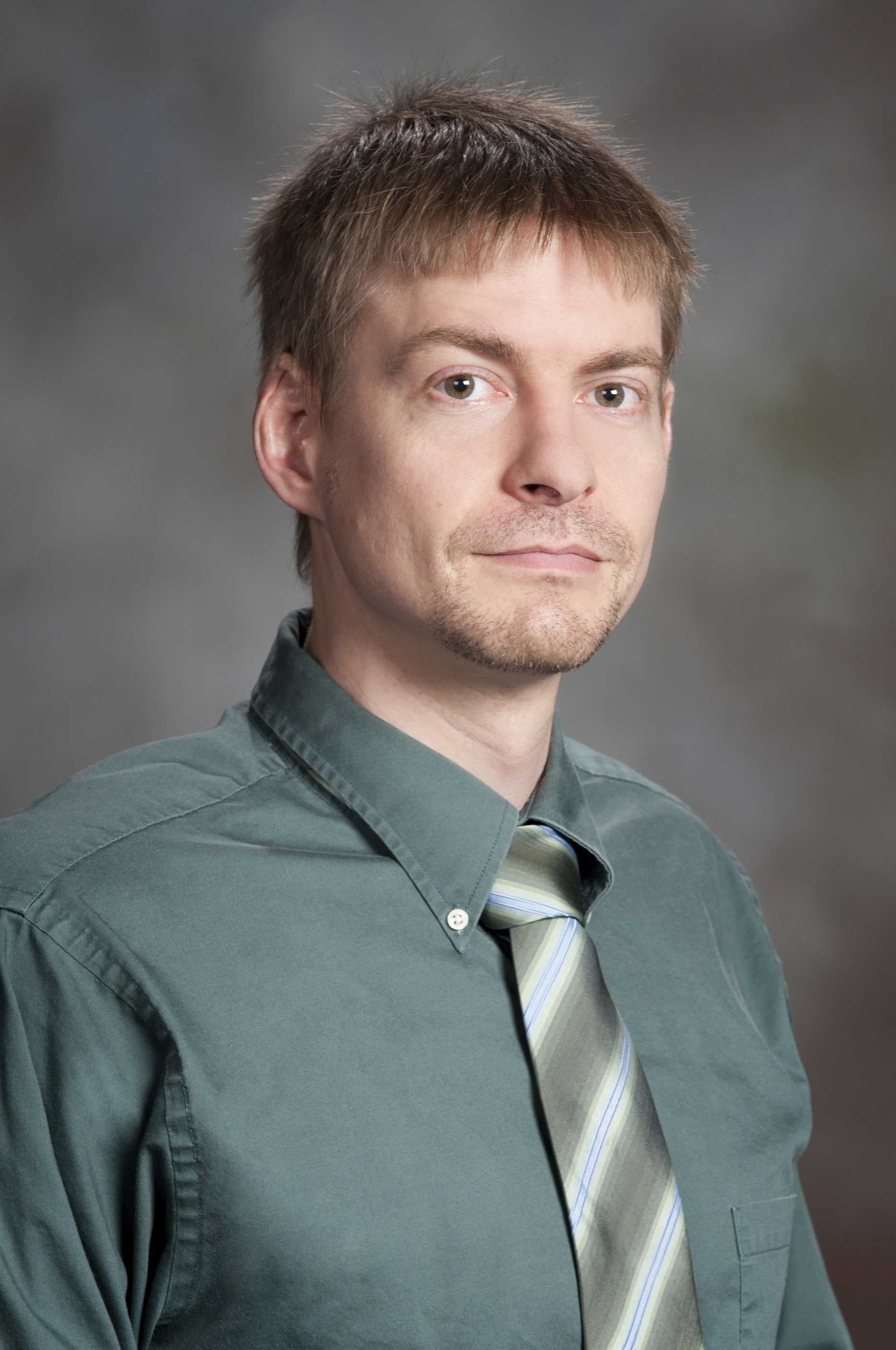Zachary Grasley looks to improve structural safety in bridges

One of the longest spans in the world is the San Francisco--Oakland Bay Bridge, which was severely damaged in the 1989 Loma Prieta earthquake. Final reconstruction of the eastern span began in 2002 and was completed in 2013.
However, during construction of the costly, over budget $6.4 billion bridge, rainfall and water used to cure the concrete entered into the ducts that contained steel tendons in the skyway section of the new span. Although the effects remain unknown at this time, pitting and stress often accelerate the corrosion of steel in concrete.
In May of 2013 as reports surfaced questioning the integrity of the concrete span, calls were made for a number of independent experts to review the structure's stability, possibly using X-ray examinations to provide clues of any serious corrosion.
The Bay Bridge is a striking and expensive example of what might go wrong when the various effects on a material and its mechanical properties are not understood.
Zachary Grasley, associate professor of civil and environmental engineering in the College of Engineering at Virginia Tech, is a researcher who is attempting to gain a better understanding of these properties, specifically for mechanical loading effects related to materials containing cement.
The National Science Foundation is funding his work.
Grasley selected cement because this commodity is pervasive as a material used in infrastructure. The good news about using cement is the manufacturing "requires much less energy (than other materials) and produces substantially less carbon dioxide emissions," on a mass basis, Grasley said. "However, due to the tremendous amounts of concrete being utilized, its manufacturing instead results in the second most carbon dioxide production in the U.S."
If advances in the properties or performance prediction of materials made of cement can be made, then the overall result, according to Grasley, will have an "enormous societal benefit through reduced energy use and carbon dioxide emissions."
To make these materials more environmentally friendly, Grasley said, "the stress and strain state of the material must be predictable throughout its service life." This determination requires a better understanding of the viscoelastic and viscoplastic properties of the reacting cement paste.
"There is currently no way to accurately predict whether the addition of certain mineral fillers, wastes, or other changes in system chemistry improve or reduce the likelihood of time-dependent degradation under prolonged mechanical and environmental stimuli," Grasley said.
He believes that the material model he is developing, the Thermodynamic, Mechanical, and Microstructural (TM2) model, used with specific computational methodology, will be able to predict these properties. He will also employ X-ray micro-computed tomography scans to construct 3-D maps of the material pastes he uses. From these scans, Grasley said he will be "able to help segment or separate different constituents within a sample.
Grasley's co-principal investigator on this project, Tyler Ley of Oklahoma State University, is a NSF CAREER award recipient and he is well versed in the use of differential X-ray absorption to segment or separate unique constituents within a sample.
Grasley is also a recipient of an NSF CAREER award that he used to conduct research on viscoelastic and viscoplastic properties of calcium silicate hydrate to predict certain mechanical responses for cement pastes. His new research is a natural extension of this work.
If concrete is under a constant state of stress, it is well-known that it will move or "creep" as engineers prefer to say. "In fact, there is ample evidence that stress induced dissolution is a plausible mechanism of viscoelastic and viscoplastic behavior in materials made with cement," Grasley said.
Ultimately, Grasley predicted the TM2 will provide a tool for the a priori prediction of the evolving viscoelastic and viscoplastic constitutive properties of concrete and the effect of stress on an evolving microstructure. "This information is a necessary input for structural models to accurately predict stresses and deformations throughout the entire service life of concrete structures," Grasley said.




